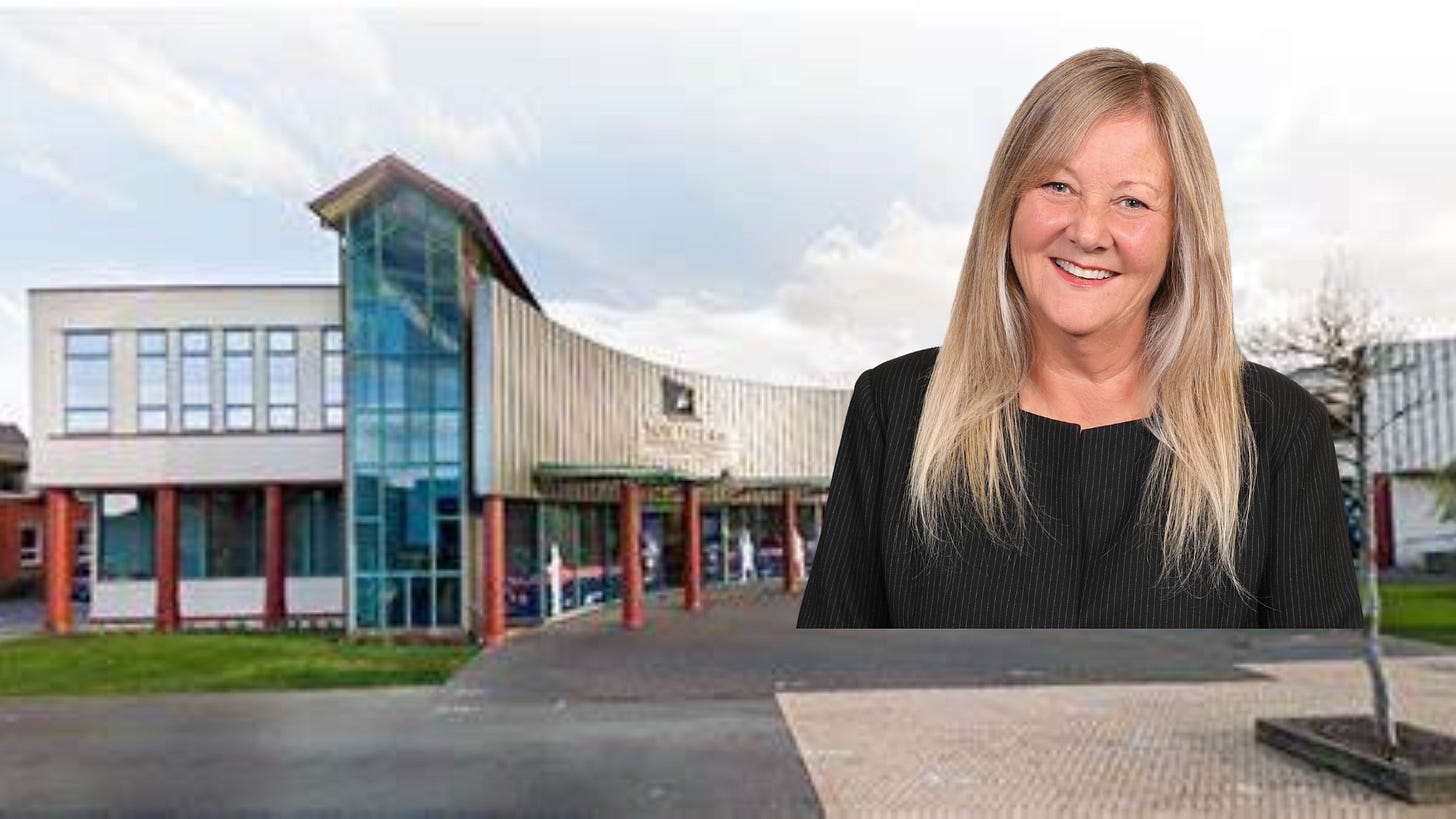Simmonds wastes little time taking sledgehammer to mega-polytechnic
“The council of Te Pūkenga has been asked to cease any activities that are inconsistent with disestablishment. This includes recruitment and staff restructuring activity."

Penny Simmonds has got straight to work in her quest to disestablish New Zealand’s centralised polytechnic organisation - Te Pūkenga.
The Invercargill MP has been handed the role of Minister for Tertiary Education and Skills as part of the new National-led Government.
Simmonds has already met with the Te Pūkenga chair and chief executive where the disestablishment of the merged polytechnic was on the agenda.
Invercargill-based Southern Institute of Technology is part of Te Pūkenga.
Simmonds also issued a “letter of expectation” to the Te Pūkenga council this week.
“The council of Te Pūkenga has been asked to cease any activities that are inconsistent with disestablishment. This includes recruitment and staff restructuring activity, and other actions that will make it difficult to re-establish former ITPs as institutions,” Simmonds said.
“The management of Te Pūkenga will be expected to focus on ensuring students, employers and staff are well supported through this next phase. Students will be able to continue their courses as normal.
“I have asked my officials for advice on the programme of work required to support the Government’s new agenda, including the legislative timeline.”
Simmonds is a former long-time CEO of the Invercargill-based Southern Institute of Technology [SIT].
She was the central figure in setting up the Zero Fees Scheme at the SIT which played a key role in changing the fortunes of Invercargill by bringing more students to the city.
Simmonds was a vocal critic of the vocational reform which was led by the Labour-led Government in 2019 when Simmonds was still at the helm of the SIT.
She fired many verbal shots at then Education Minister Chris Hipkins believing merging 16 polytechnics together was not the answer.
Simmonds wanted the individual polytechnics to retain their autonomy. That is now what she is keen to see return.
“Key parts of that advice [of officials] will include ensuring financial stability now, and in the future, and restoring regional decision-making for local institutions to ensure they can better respond to the education needs of their communities.
“I will also be asking for advice on what other changes to the vocational sector might be needed to support and complement the disestablishment of Te Pūkenga.”
In the lead-up to the election, Simmonds told The Tribune she did not see a return to the 16 polytechnics that were in place prior to the merger.
“Some are too small to be viable. I’m picking it would be around about 10 polytechnics,” she said at the time.
Te Pūkenga chief executive Paul Winder emailed staff on Thursday confirming the new government had sent new instructions for the organisation.
The organisation was now considering what the change of direction meant for recently-hired staff and those due to be made redundant next year and as soon as this month.
In a statement, Winder said: "Our immediate focus is on supporting kaimahi and ākonga through this change in direction and working to provide certainty on what this means for them - as soon as possible.
“At this time, we wish to acknowledge and thank our kaimahi for their dedication and commitment to ākonga and employers, and to meeting the vocational education and training needs of the country through a period of significant transition and change.
“It is also our commitment to ensure ākonga can enrol or continue studying, confident that any organisational change required to meet the government's expectations does not impact the learning, skills and qualifications they will receive.”





